Action and Stative Verbs
Action Verbs:
Action verbs, as the name suggests, describe actions or activities. Action Verbs indicate physical or mental actions that someone or something performs.
Examples:
- She runs five miles every morning.
- The chef cooks delicious meals.
- They built a new house.
- He writes poetry in his free time.
- The children play in the park.
In these examples, the action verbs (runs, cooks, built, writes, play) represent actions that someone or something is doing. Action verbs are dynamic and typically involve movement or a change of state.
Stative Verbs:
Stative verbs, on the other hand, describe a state or a condition that is generally unchanging. They represent thoughts, emotions, possession, senses, or states of being.
Examples:
- She knows the answer.
- He loves chocolate.
- The coffee smells wonderful.
- They own a beautiful house.
- I understand the concept.
In these examples, the verbs (knows, loves, smells, own, understand) express a state or condition rather than a dynamic action. Stative verbs are not usually used in continuous (progressive) tenses because they describe a continuous or unchanging condition.
Key Differences:
- Nature of Meaning:
- Action verbs indicate dynamic actions or activities.
- Stative verbs convey a state or condition.
- Continuous Tenses:
- Action verbs can be used in continuous tenses.
- Stative verbs are generally not used in continuous tenses, except in specific contexts.
- Change vs. Stability:
- Action verbs often involve a change of state or movement.
- Stative verbs represent a relatively stable condition.
Example with Continuous Tense (Action Verb):
- She is running in the marathon. (Action in progress)
Example with Continuous Tense (Stative Verb – Uncommon):
- She is knowing the answer. (Uncommon and awkward; not a typical usage for stative verbs)
Understanding the distinction between action verbs and stative verbs is important for constructing grammatically correct and contextually appropriate sentences in English.

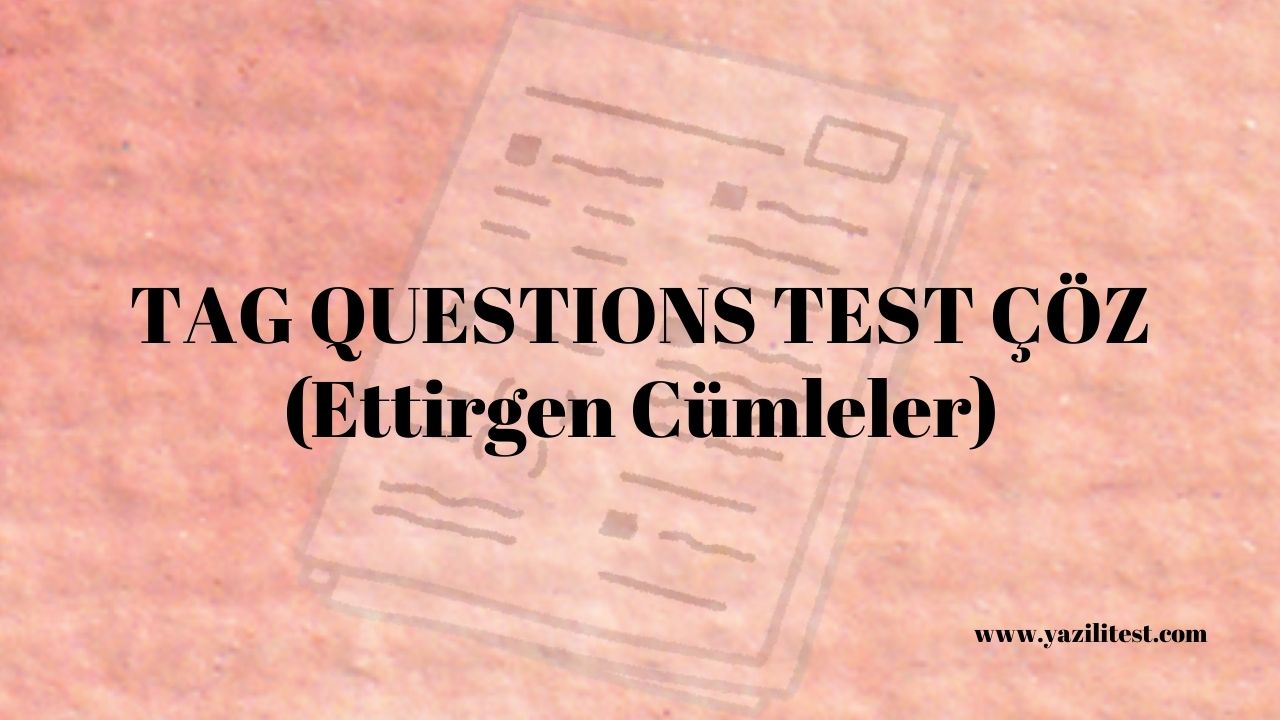
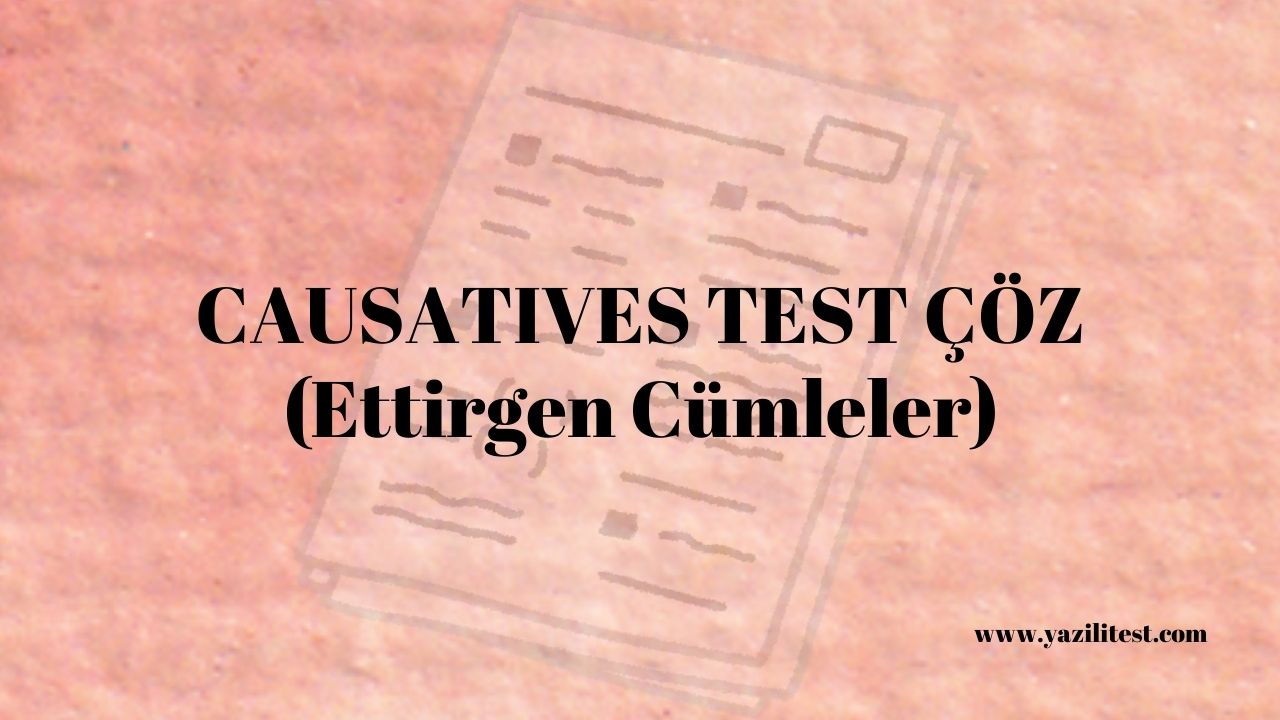


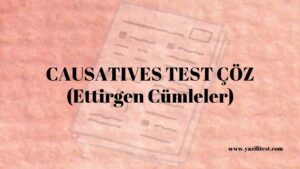
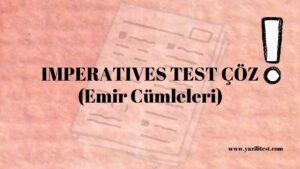


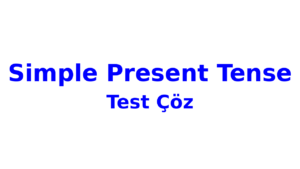
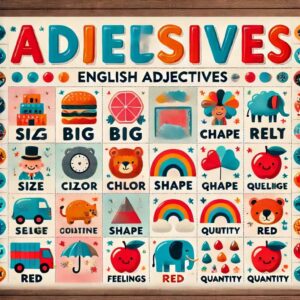
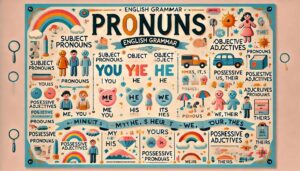
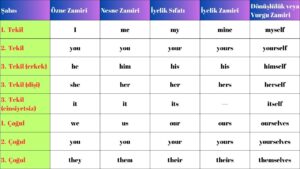
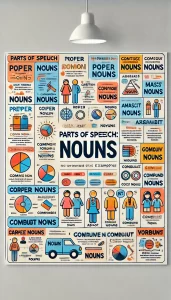
Yorum gönder